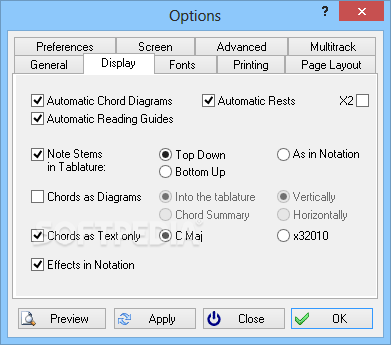
Apparently, salt-sensitive genotypes have lower ATP production efficiency and weaker energy management than wild genotypes a stress tolerance mechanism that has not been transferred to cultivated genotypes.António Guterres, Secretary-General of the United Nations Interestingly, MtATP6 showed higher and longer expression in the salttolerant wheat and the wild genotypes compared to the saltsensitive genotype. Dual targeting of 6-kDa subunit may comprise as a mean of inter-organelle communication and save energy for the cell. These communications between nucleus and mitochondria are required for inducing mitochondrial responses to stress pathways. It seems that 6-kDa subunit, as an early response gene and nuclear regulatory factor, translocates to mitochondria and completes the F1F0-ATP synthase complex to enhance ATP production and maintain ion homeostasis under stress conditions. Promoter analysis showed that the MtATP6 promoter includes cis-actingelements such as ABRE, MYC, MYB, GTLs, and W-boxes, suggesting a role for this gene in abscisic acidmediated signaling, energy metabolism, and stress response. The MtATP6 expression was suddenly induced 3 h after NaCl treatment in all genotypes, indicating an early inducible stress-responsive behavior. The expression of 6-kDa subunit (MtATP6), a relatively uncharacterized nucleus-encoded subunit of F0 part, was measured during salinity stress in salt-tolerant and salt-sensitive cultivated wheat genotypes, as well as in the wild wheat genotypes, Triticum and Aegilops using qRT-PCR. The regulatory mechanism of these joint products is mysterious. This study will also provide important resources for further functional genomics studies.Ībstract A small number of stress-responsive genes, such as those of the mitochondrial F1F0-ATP synthase complex, are encoded by both the nucleus and mitochondria. The data generated from this study will help in the continued interest and understanding of the responses of coffee seedlings genes associated with salinity stress, in particular.

We also identified 11 differentially expressed transcription factor genes, 6 of which were up-regulated and rest 5 genes were down-regulated. Of the differentially expressed genes, 60 genes showed statistically significant (p < 0.05) expression, 44 of which were up-regulated and 16 which were down-regulated. Among these, 336 genes were up-regulated while 275 of the genes were down-regulated. Namely, a total of 611 differentially expressed genes were identified (treatment/control) in that case. A differential gene expression analysis was performed using the DESeq2 package to identify the genes that were differentially expressed between the treatments based on fold changes and p-values. The remaining 978 (4.99%) genes were therefore grouped as unclassified.

Among the 19,581 genes, 7369 (37.64%) were associated with biological processes, 5909 (30.18%) with cellular components, and 5325 (27.19%) with molecular functions. The gene ontology analysis was performed to estimate the number of genes associated with the identified biological processes, cellular components and molecular functions.

In this study, a total of 19,581 genes were identified and aligned to the reference sequences available in the coffee genome database.

The mRNA was extracted from the leaves of the coffee seedlings for a comprehensive analysis. A solution of five percent (2.3 dS m-1) deep sea water was used for the salt treatment, and it was thereby compared to normal irrigation water (0.2 dS m-1) used for the control treatment. This research was conducted to study the gene expression of coffee (Coffea arabica L.) seedlings under salt stress condition.


 0 kommentar(er)
0 kommentar(er)
